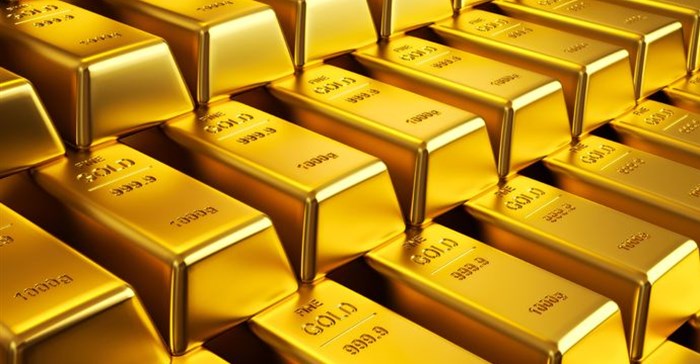Gold, seen by many as a safe-haven asset, is trending again amid increasing concerns over the health of the global economy and the ability of central banks to engineer a recovery.
Gold on the rise
According to a report by Franklin Templeton Investments (FTI), miners are benefitting from higher gold prices, especially after they spent recent years reducing costs and adjusting mine plans to cope with lower prices.
In February, the price of gold rose 10,8% — the biggest monthly gain in four years — and is up 17,2% so far this year with the spot price ending February at US$1,238 per troy ounce. Gold mining stocks have followed, rallying in many cases significantly more than the price of gold bullion.
Investors cite a number of reasons for their re-entry into the metals market following a multi-year hiatus. While gold is traditionally seen as an inflation hedge, that doesn’t appear to be the primary impetus, although we’ve seen some nascent signs of inflation in the United States and other parts of the world.
Continued financial market volatility amid global growth concerns and the prospects for real interest rates in certain countries to turn negative seems to have been attracting many investors to precious metals.
Precious metals prices creeping up
The FTSE Gold Mines Index is still down more than 65% from its 2011 highs, despite posting a 56% rally for the first two months of 2016. Silver prices added 4,5% in February, ending at US$14,90 an ounce, while platinum increased 7,3% to US$934 per ounce and palladium prices dipped 1,1% to US$495 an ounce.
Futures prices for most major industrial metals on the London Metal Exchange (LME) have also traded higher, despite signs of worsening manufacturing conditions in China (the world’s biggest consumer of base metals), including a 2,9% gain for copper (to US$4,695 per metric ton), as of the end of February.
Interest increases in both stock and metal
February clearly brought a very different tone to the gold industry than what we have seen in the past several years, as significant investor interest returned not only to the physical metal but also to stocks and funds in the sector.
As a good proxy for investor interest, physical gold held in exchange-traded fund (ETF) products was up 16% in January and February, as these funds added more than 7 million ounces to their vaults. This compared to 4,4 million ounces reduction of gold held by these products in 2015.
As the price of gold rallied, many previously bearish investors scrambled to cover short positions and rebuild positions that had been underweighted.
“We continue to expect gold mining stocks to be more volatile than physical gold, as metal prices remain close to the total cost-per-ounce for many producers, so that even a small price move in physical gold can drive a significant change in cash flows for a company,” FTI says.
Commodity-based currencies still weak
For non-US buyers, gold remains relatively expensive as the US dollar weakened only slightly in February, falling less than the rise in gold prices. While many commodity-linked currencies have strengthened year-to-date in 2016, providing some positive news for holders of stocks in those countries, the move has negatively impacted profit margins for some operations in countries such as Canada, Australia and South Africa.
The currencies of highly commodity-dependent economies are still significantly weaker than they were a year ago, providing continued ability to show cost improvement year over year, but the quarter-over-quarter gains will likely be more challenging as companies report first quarter 2016 results.
Production stays low
Capital spending across the metals and mining sector pulled back meaningfully in 2015, and further cuts are being implemented for 2016, according to most forecasts.
“We believe the resulting lack of investment and expansion is apt to foster lower gold production in the coming years. The World Gold Council’s supply-and-demand report released in February showed mine production was only up 1% in 2015, and fourth-quarter production actually fell 2% versus third-quarter levels—the first quarterly decline since the third quarter of 2008,” the report says.




























